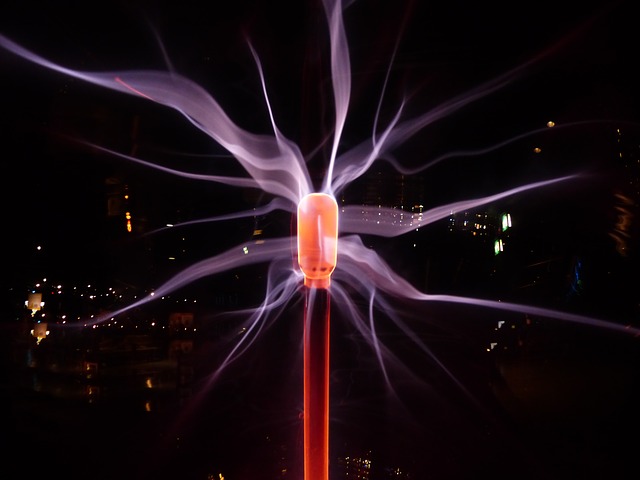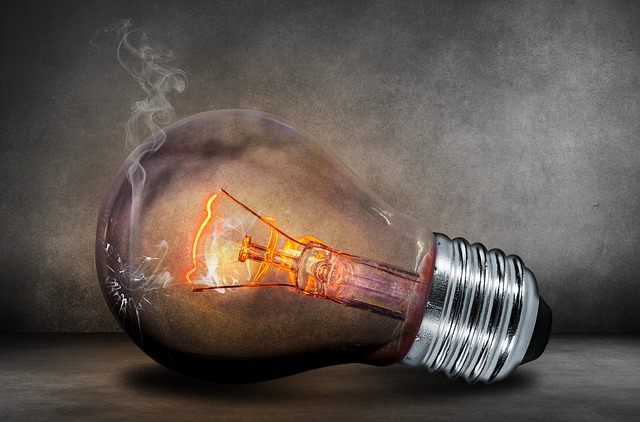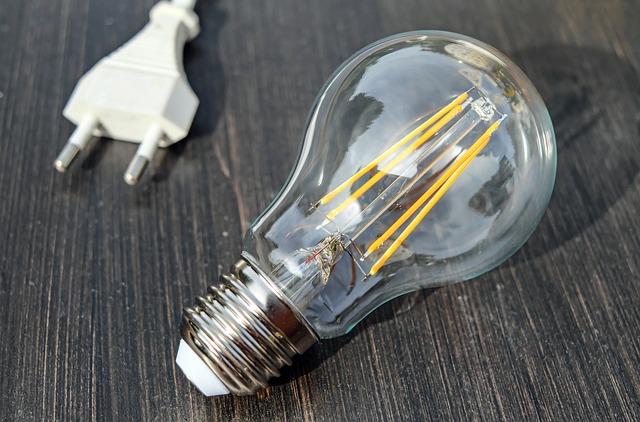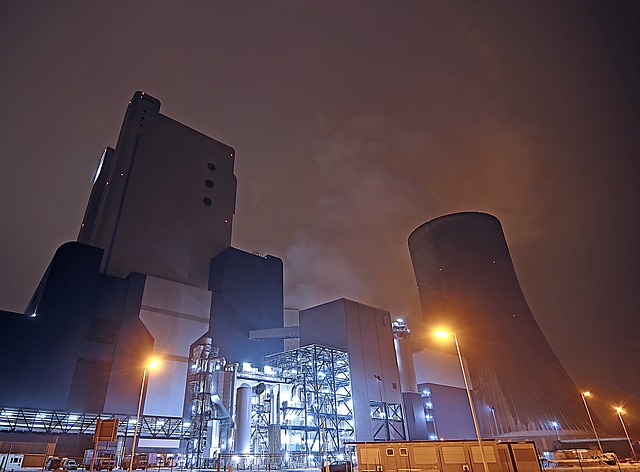Before making upgrades, you may also want to work with an energy auditor to use the Home Energy Score, which provides a rating of your home’s current efficiency, as well as a list of improvements and potential savings.
Ultra-Efficient Homes
Ultra-efficient homes combine state-of-the-art energy-efficient construction, appliances, and lighting with commercially available renewable energy systems, such as solar water heating and solar electricity. By taking advantage of local climate and site conditions, designers can often also incorporate passive solar heating and cooling and energy-efficient landscaping strategies. The intent is to reduce home energy use as cost-effectively as possible, and then meet the reduced load with on-site renewable energy systems.
Advanced House Framing
If you’re building a new house or adding on to an existing one, consider using advanced house framing (also known as optimum value engineering), which reduces lumber use and waste and improves energy efficiency in a wood-framed house.
Cool Roofs
Cool roofs use highly reflective materials to reflect more light and absorb less heat from sunlight, which keeps homes cooler during hot weather.
Passive Solar Home Design
Passive solar home design takes advantage of climatic and site conditions to provide heating in the winter and cooling in the summer.



